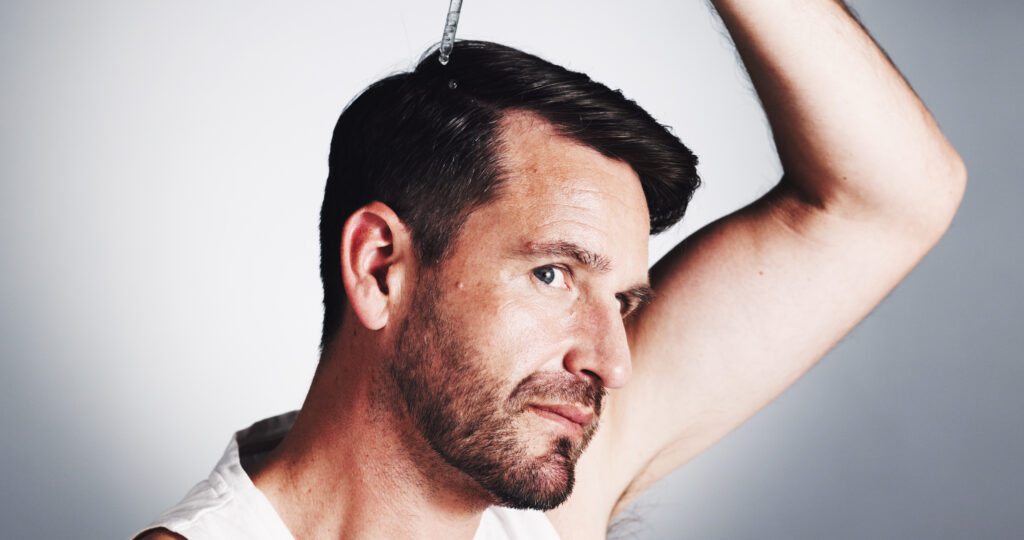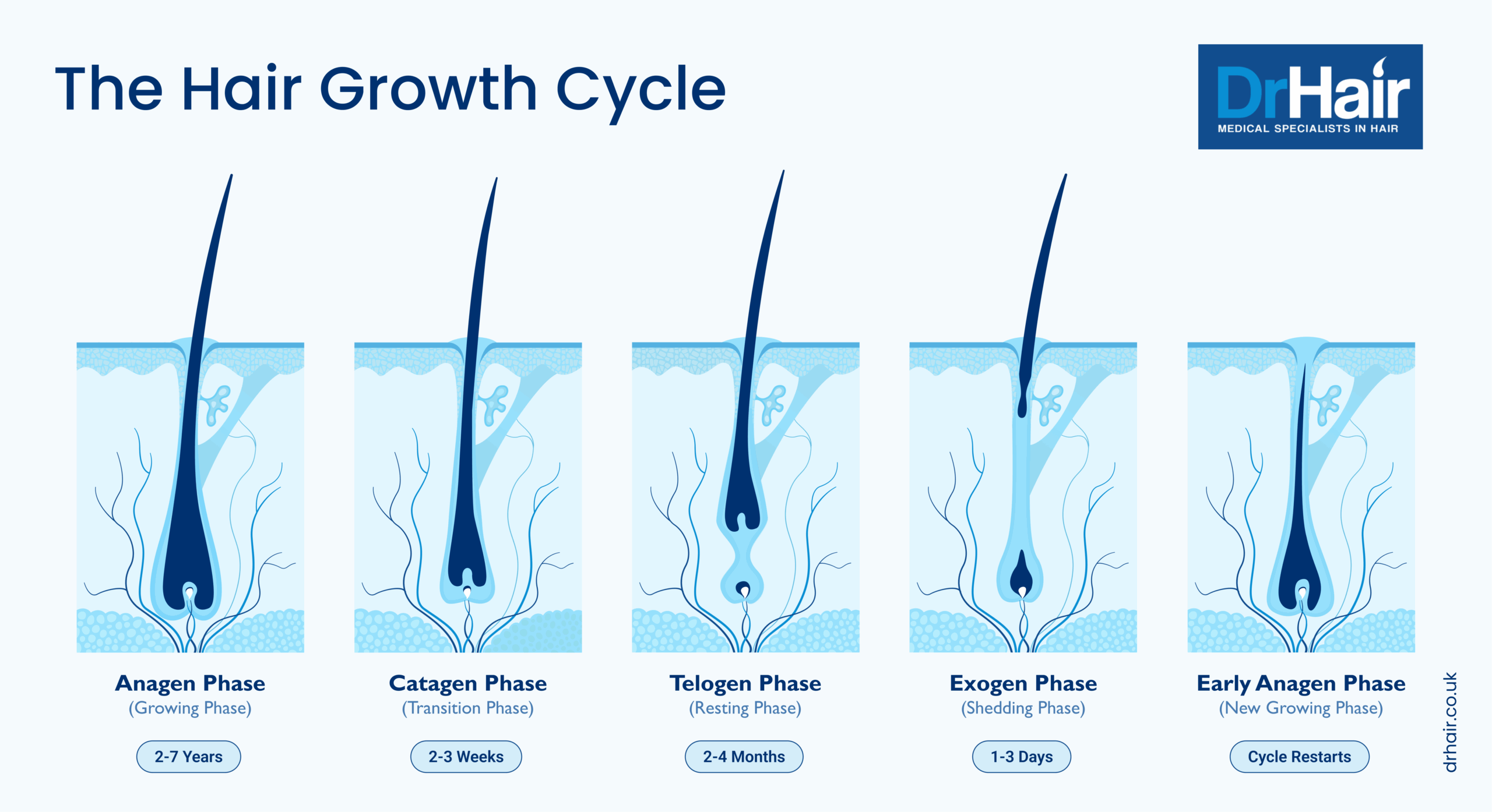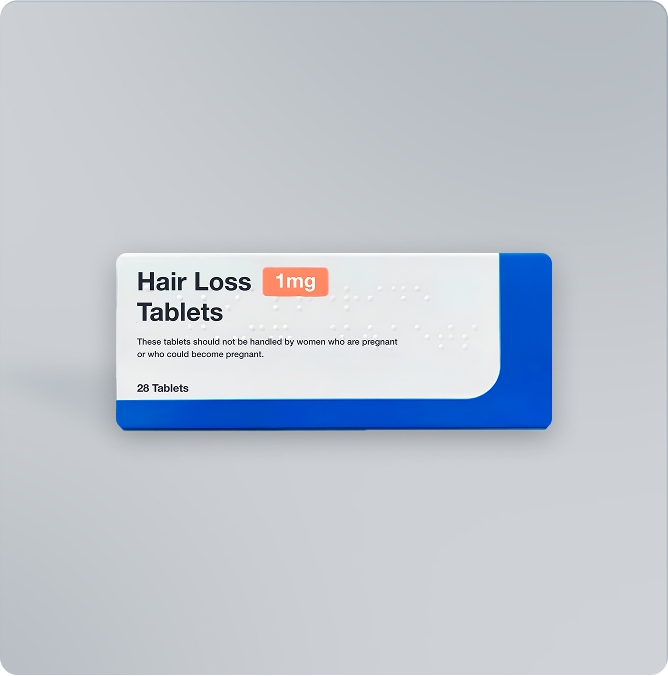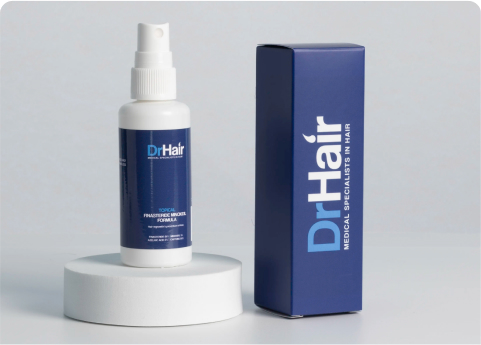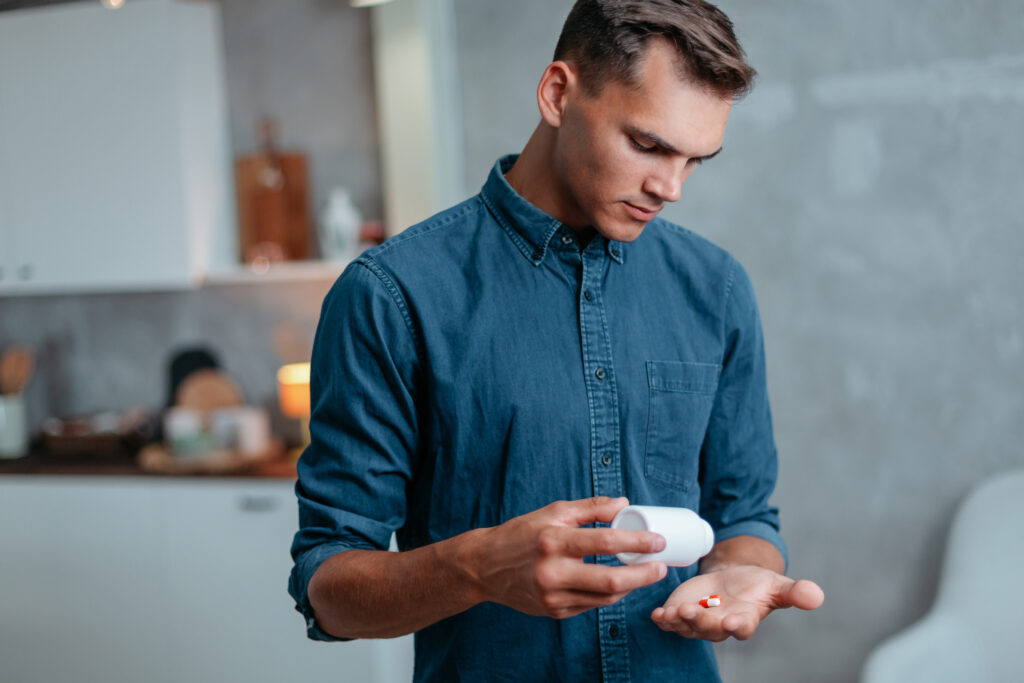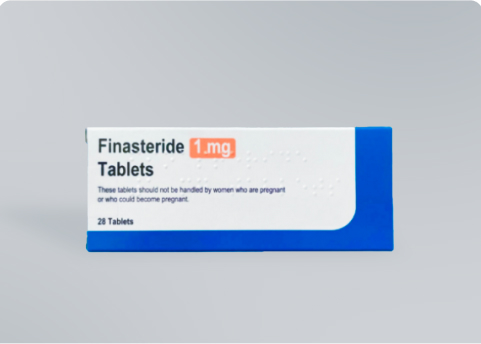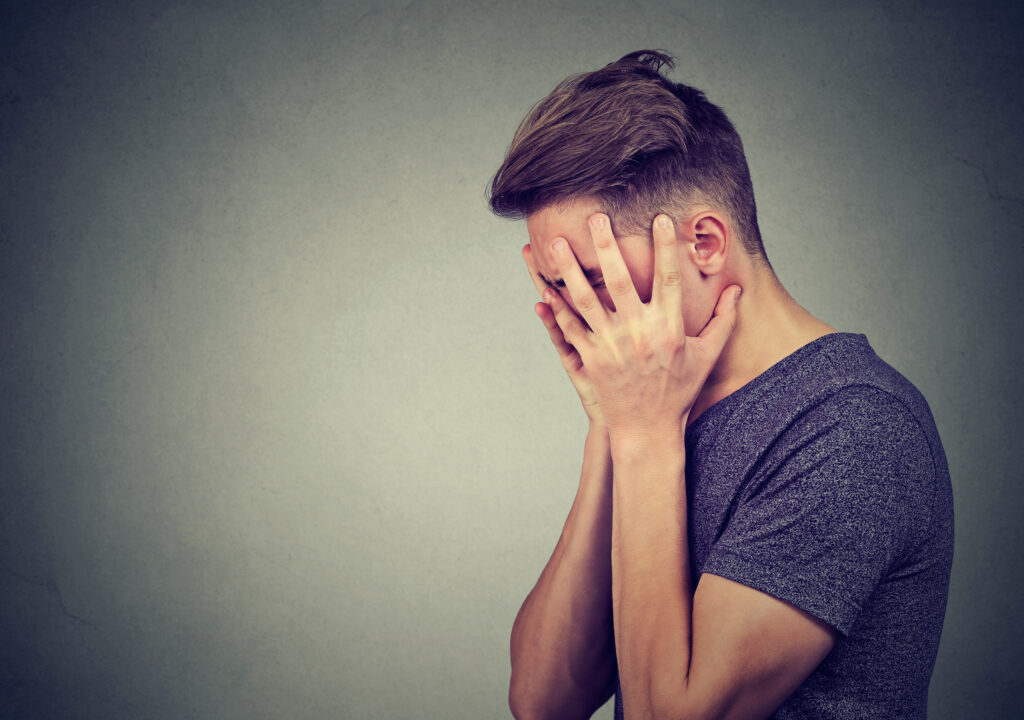Minoxidil is a popular hair loss treatment that’s designed to be applied to the scalp every day. It’s the second most commonly prescribed hair loss product after finasteride, with more than 55% of hair transplant surgeons always or often recommending topical minoxidil to their patients [1]. That’s because it’s a highly effective product licensed to treat hair loss around the world.
Here, you’ll learn everything you need to know about minoxidil for hair loss — how it works, who can use it, how to apply it for best results, and the potential side effects of this treatment.
Table of Contents
What is minoxidil & why is it used for hair loss?
Minoxidil is a type of drug known as a vasodilator. When taken orally or applied topically, it dilates the blood vessels so blood can flow more freely around the body. This lowers your blood pressure, and also helps more oxygen and nutrients reach the hair follicles. This helps to promote hair growth and slow hair loss.
How does minoxidil work?
Minoxidil helps treat hair loss via several different mechanisms [2]:
- Minoxidil dilates the blood vessels so more oxygen and nutrients reach the hair follicles.
- Minoxidil prolongs the growth phase and shortens the shedding phase of the hair growth cycle, helping hair appear thicker.
- Minoxidil improves cell proliferation in the hair follicles.
What types of hair loss can minoxidil treat?
Minoxidil can treat several different types of hair loss, including male pattern baldness, female pattern hair loss, alopecia areata, and telogen effluvium [2]. Some research indicates it can also successfully treat hair loss on other areas of the body, such as the beard and eyebrows [2].
Topical vs oral minoxidil
Minoxidil is available in both topical and oral forms. Oral minoxidil isn’t licensed as a hair loss treatment, but may be prescribed off-label. It has more systemic side effects than topical minoxidil.
Oral minoxidil is prescribed in doses ranging from 0.5 mg to 5 mg per day. Topical minoxidil is available in 2% and 5% concentrations. One study suggests there’s no substantial difference in effectiveness between oral vs topical minoxidil [3].
Who can and can’t use minoxidil?
Most people with hair loss can safely use minoxidil, though there are some instances where minoxidil isn’t recommended. Your doctor or prescribing pharmacist may advise against using minoxidil if:
- You have a known allergy to minoxidil (or any other ingredients in the formula)
- You have an uncontrolled or untreated scalp problem (such as seborrheic dermatitis)
- You’re pregnant or breastfeeding
- You have a history of heart problems
- You’re taking another medication that affects your blood pressure
It’s important to disclose your medical history to anyone prescribing minoxidil so they can ensure you’re getting safe and appropriate treatment.
How do you apply minoxidil?
How you apply minoxidil depends on which type of product you’re using. In all cases, you should:
- Make sure your scalp is completely dry before application.
- Part your hair to reveal the scalp skin.
- Apply minoxidil to the skin using a spray head or foam nozzle.
- Use your fingertips to gently massage minoxidil into the scalp.
- Wash your hands thoroughly.
How long does minoxidil take to work?
It generally takes around 3-6 months to start seeing results from minoxidil, assuming you follow the standard routine of applying minoxidil twice daily [2]. To sustain and even improve on these results, you’ll need to keep using minoxidil in the long-term.
Side effects of minoxidil
Both oral and topical minoxidil have side effects that users must note before they start using these products. Known side effects of topical minoxidil include:
- Itchiness, rash and irritation
- Facial hair growth
- Temporary hair shedding
- Increased dandruff
- Headaches
Low-dose oral minoxidil can cause the following side effects:
- Excessive body hair growth
- Lightheadedness
- Fluid retention and swelling
- Tachycardia (increased heart rate)
- Headaches
- Insomnia
Does minoxidil work for hair loss?
Studies show that minoxidil is an effective treatment for many different kinds of hair loss [2-3]. Read more minoxidil insights to better understand how it works.
